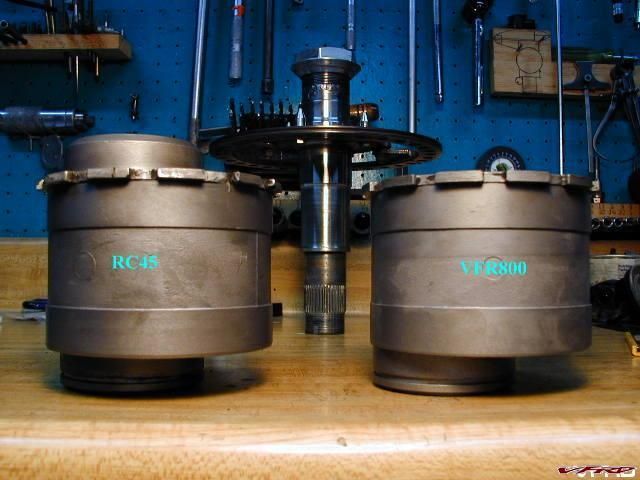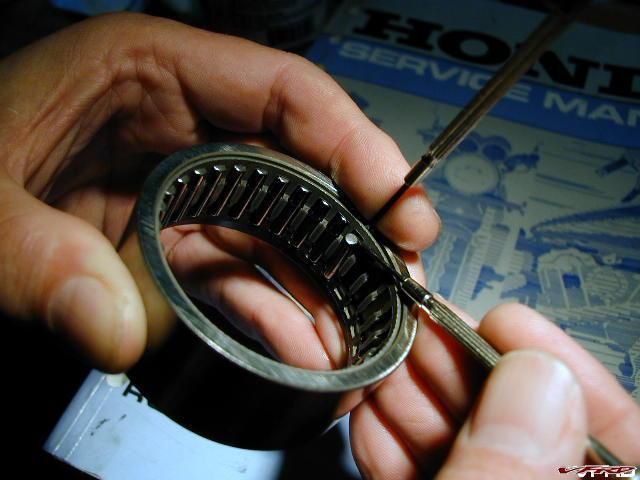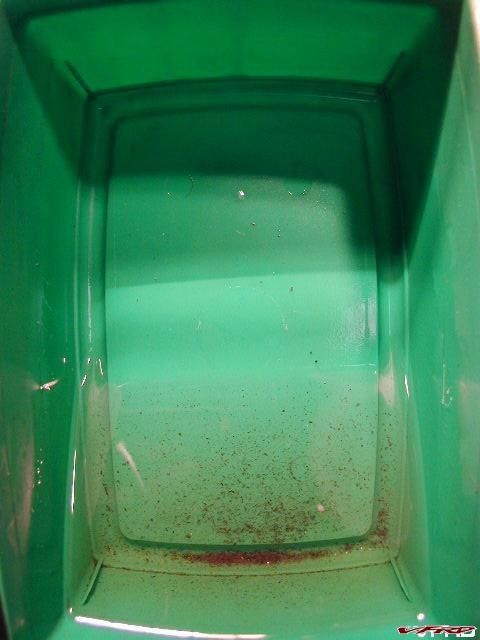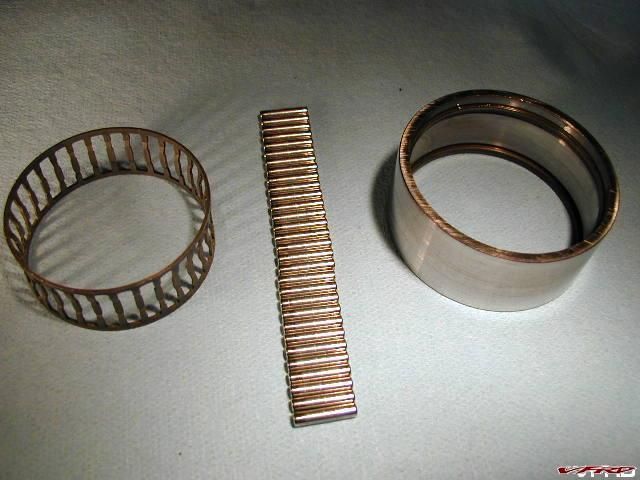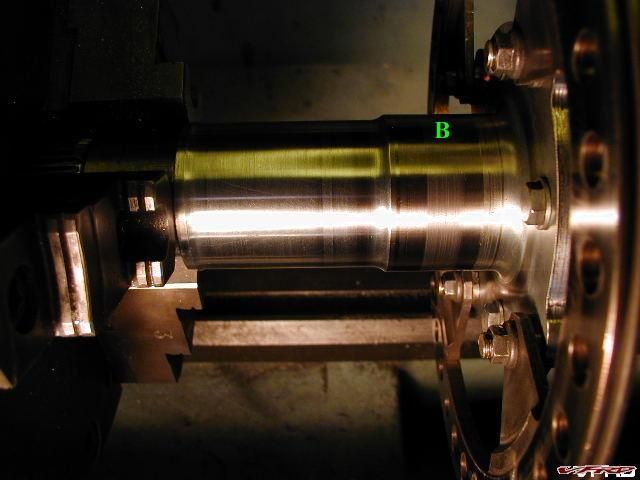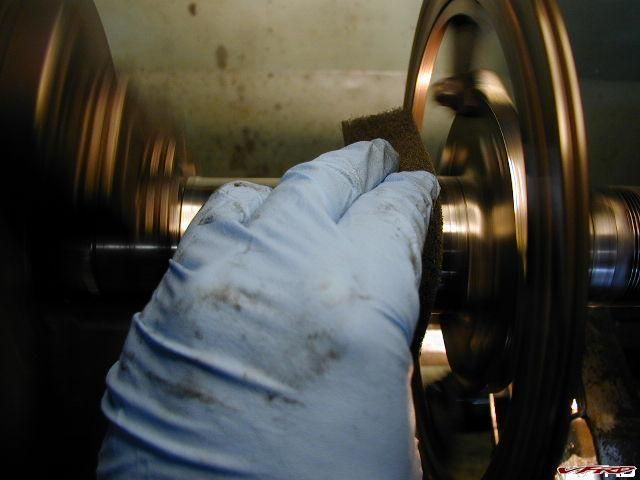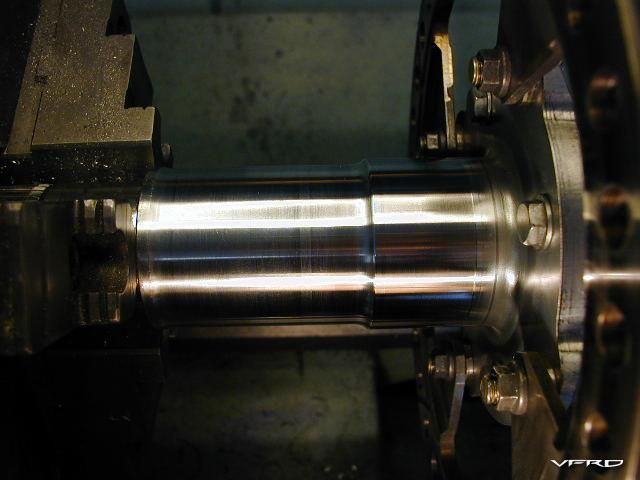Entoptic
Red Power!
Decided to clean and lube the back stack and found a ton of dirty grease (expected) but what I did not intend to see was burnt/browning on the axle. As I am not a mechanic I'm not certain this is even something to worry about but thought I'd reach out cause I know you folks are pro.
Please let me know how I can fix this if it's even needed. Thoughts were fine grit sandpaper or 00 steel wool. I've attached a photo of a new one for reference.
Any help would be great.
Please let me know how I can fix this if it's even needed. Thoughts were fine grit sandpaper or 00 steel wool. I've attached a photo of a new one for reference.
Any help would be great.



